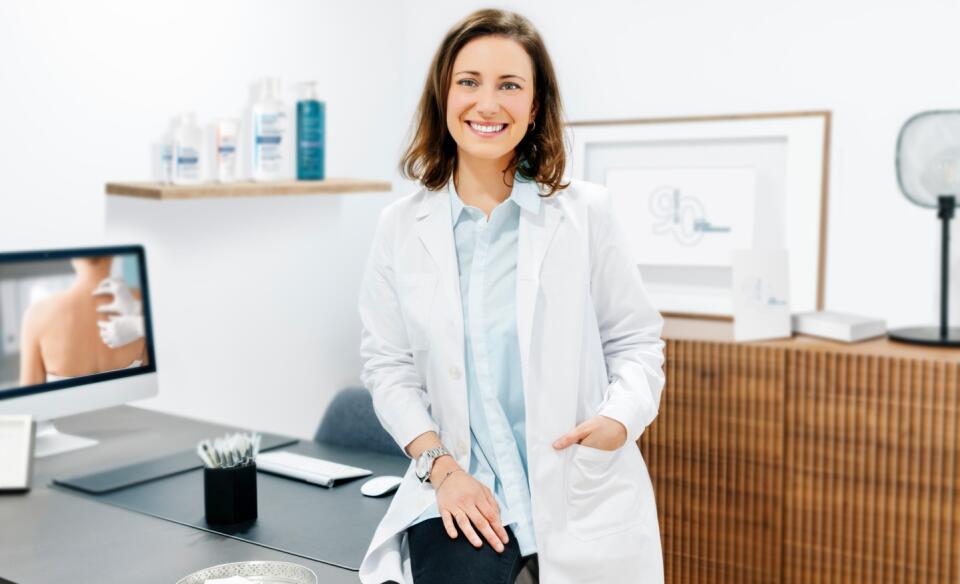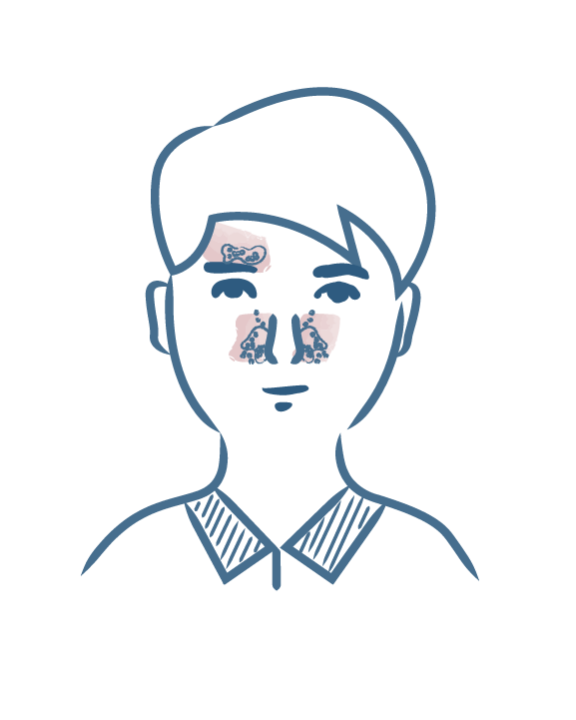-
Your concerns
Our articles to help you gain a better understanding
-
Our solutions
-
Ducray Dermatological laboratories
Our articles to help you gain a better understanding

Bacteria, yeasts, viruses…are they friends or enemies of our skin?
There are no fewer than 100,000 billion different microorganisms on the surface of our skin. And they are absolutely essential to us as they guarantee the good health of our epidermis! Scientists from all over the world study this microbial flora, also known as the skin microbiome.

Summary
The skin microbiome is an ecosystem composed of living microorganisms and is an integral part of the skin's surface. Its balance is essential to the health of the epidermis (the most superficial layer of the skin). These microorganisms are bacteria (an organism composed of a single cell without a nucleus), yeasts (unicellular fungus) or viruses (pathogenic germs that can penetrate a cell). They live in groups and in symbiosis. In principle, they are harmless, unless they start to proliferate, which can then cause an imbalance in our skin microbiome.
This skin microflora is not the same all over the body. It varies according to different factors: temperature, humidity, salinity, pH or sebum concentration, as well as according to gender, age, and a multitude of other external factors, including diet, cosmetic treatments, stress, etc.
One of the causes of seborrheic dermatitis is the proliferation of a yeast of the Malassezia genus. It is naturally present on the surface of the skin and is an integral part of the skin microbiome. We are currently aware of fourteen different species of Malassezia, among which the most commonly associated with skin diseases including seborrheic dermatitis are Malassezia Restricta and Malasseisai Globosa(3). They are usually harmless but under certain conditions they can proliferate and cause disease. They then trigger inflammation and erythema on the skin surface(4).
Daily treatment of the microbiome to rebalance it may improve the skin's barrier function and reduce inflammation and desquamation, which are characteristic of seborrheic dermatitis.
(1) Nutrium, H. (2011). Microbiote cutané et santé de la peau, 107(14), 8–11. (3) Zhijue Xu1*, Zongxiu Wang2*, Chao Yuan3*, Xiaoping Liu3*, Fang Yang1, Ting Wang2, Junling Wang2, Kenji Manabe4, Ou Qin3, Xuemin Wang3†, Yan Zhang1 Dandruff is associated with the conjoined interactions between host and microorganisms; Scientific RepoRts | 6:24877 | DOI: 10.1038/srep24877 (4) Ditte M.L. Saunte, George Gaitanis and Roderick James Hay; Frontiers in cellular and Infection Microbiology;20 march 2020. Malassezia Associated skin diseases, the use of diagnostics and treatment.
Irritated skin with redness and scales

Skin prone to red plaques and itchy dry skin
NEWSLETTER
Dermatological expertise
To better understand your skin and hair, discover our exclusive content and innovative care products designed to improve your quality of life..